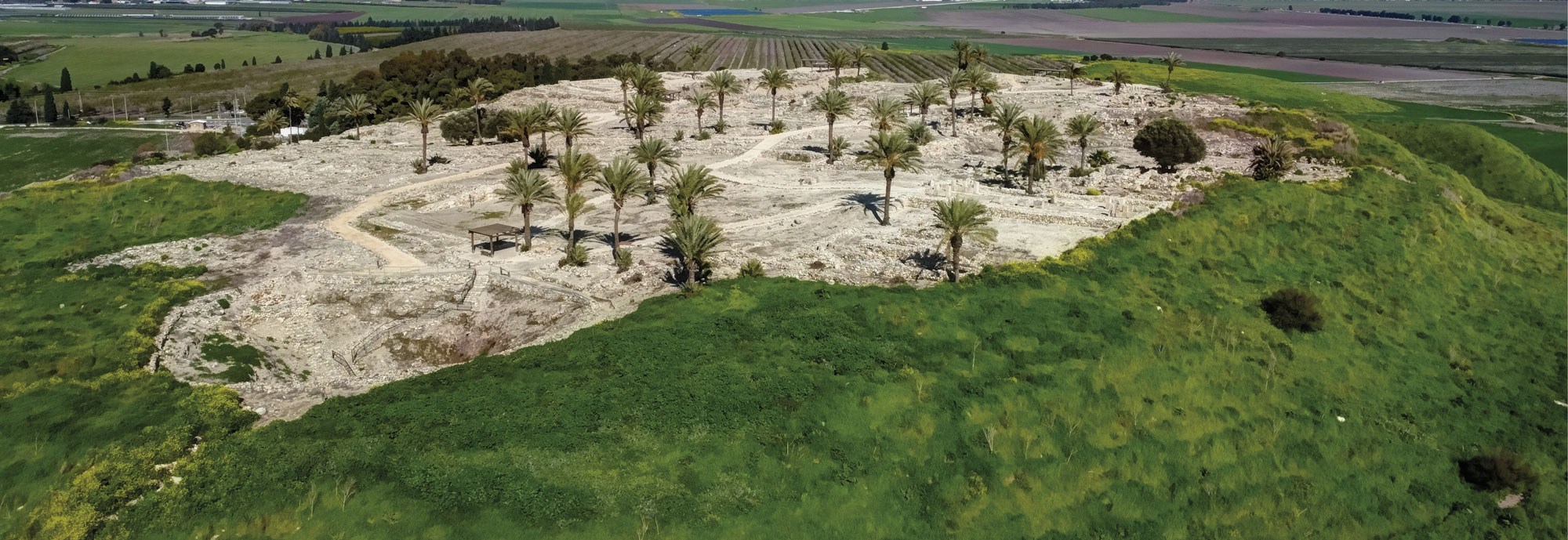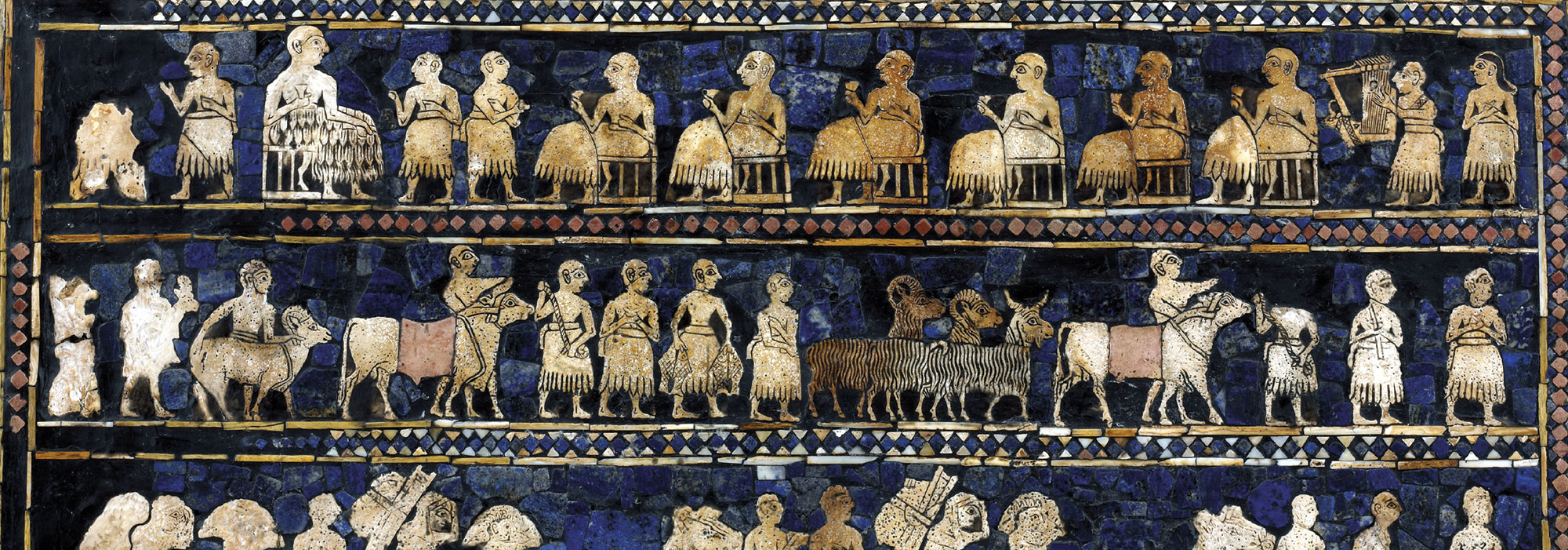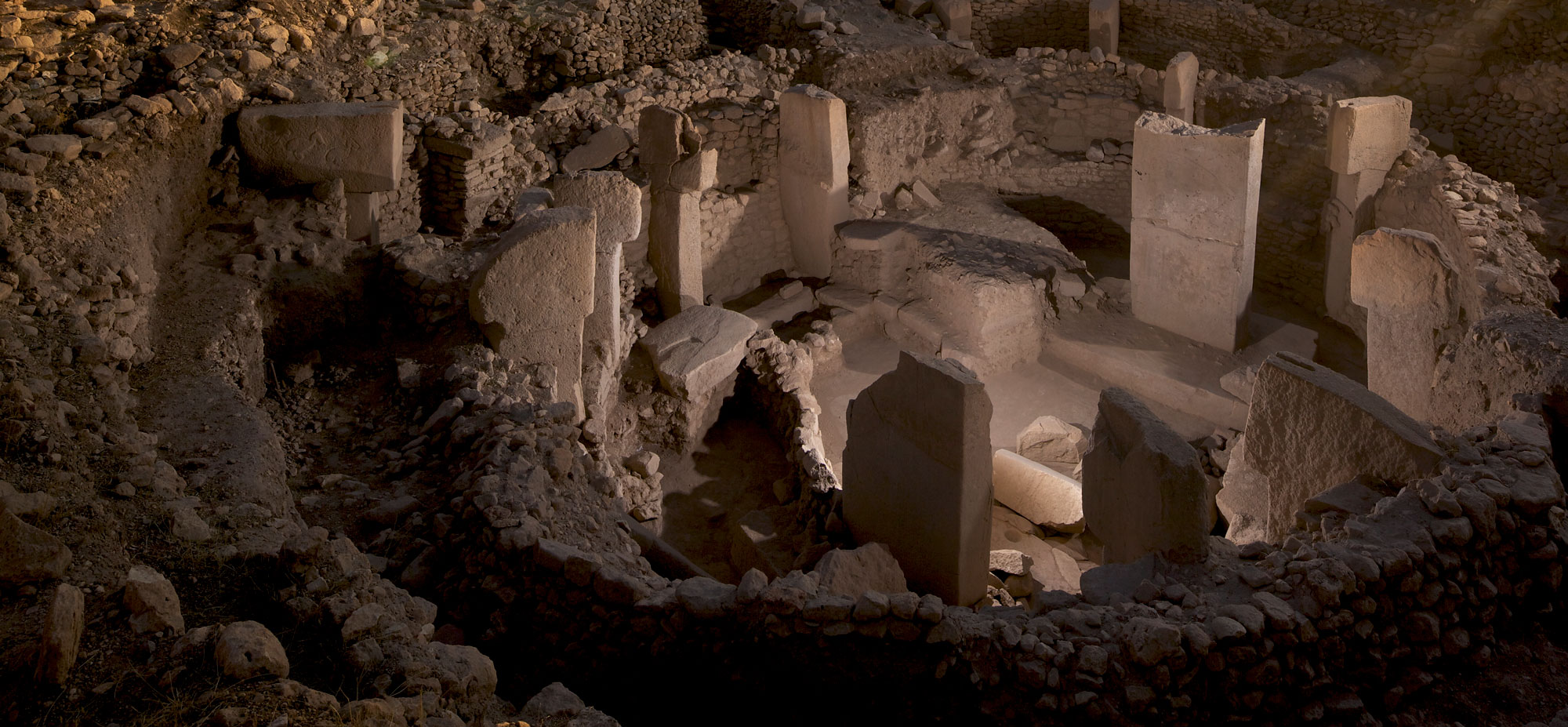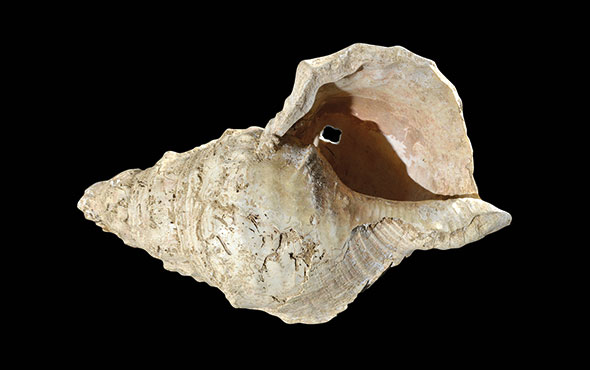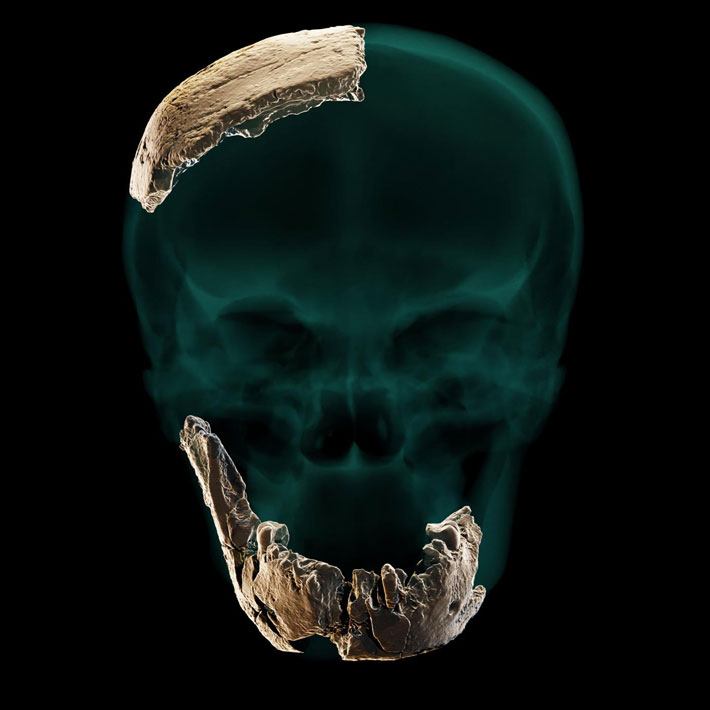
TEL AVIV, ISRAEL—According to a BBC News report, fossils representing a previously unknown species of human have been discovered in a sinkhole in central Israel, near the city of Ramla, in an area where prehistoric humans hunted aurochs, horses, and deer, and left behind thousands of stone tools and animal bones. The fossils include a partial skull and jaw that have been dated to between 140,000 and 120,000 years ago. Rachel Sarig of Tel Aviv University said that unidentified fossils recovered from Israel’s Qesem, Zuttiyeh, and Tabun caves could also be included in the new group. The lineage, dubbed the “Nesher Ramla Homo type,” may be the ancestors of Neanderthals, added Hila May of Tel Aviv University. “The European Neanderthal actually began here in the Levant and migrated to Europe, while interbreeding with other groups of humans,” she said. Nesher Ramla people may have also traveled to India and China, added Israel Hershkovitz. “Some fossils found in East Asia manifest Neanderthal-like features as the Nesher Ramla do,” he explained. The tools recovered from the sinkhole site resemble those made by modern humans at the time, according to Yossi Zaidner of the Hebrew University of Jerusalem. He thinks the similarities suggest the Nesher Ramla humans may have interacted with modern humans. To read about Paleolithic stone tools found in Qesem Cave, go to "Around the World: Israel."





